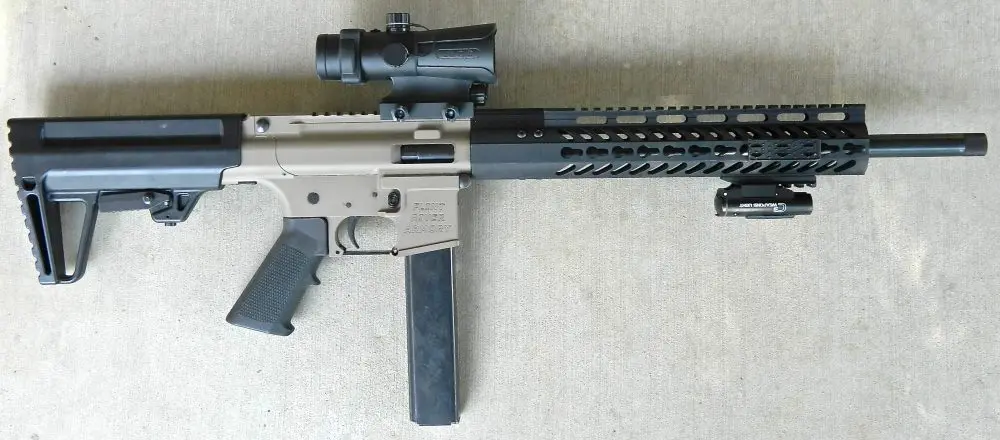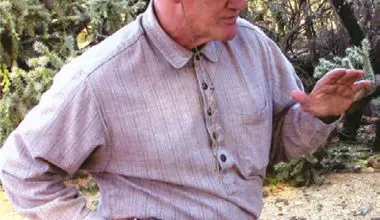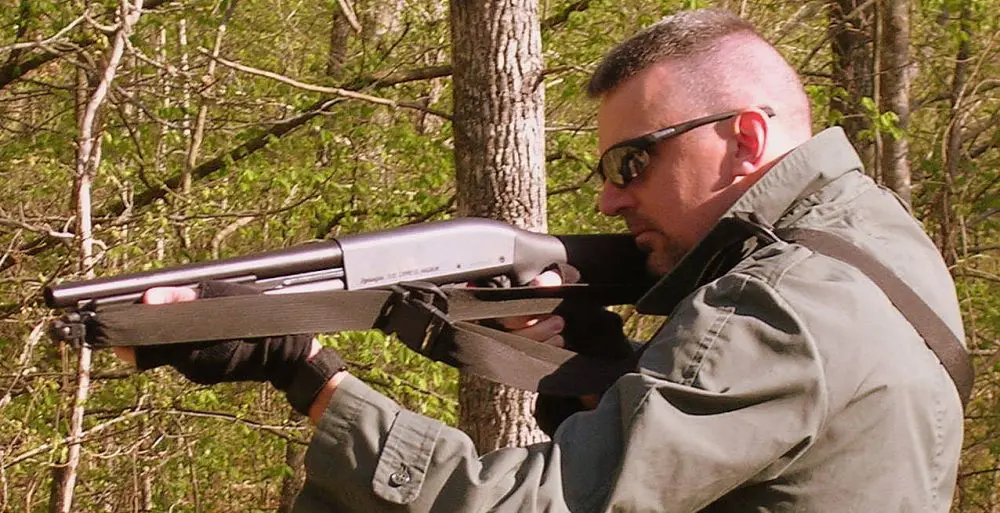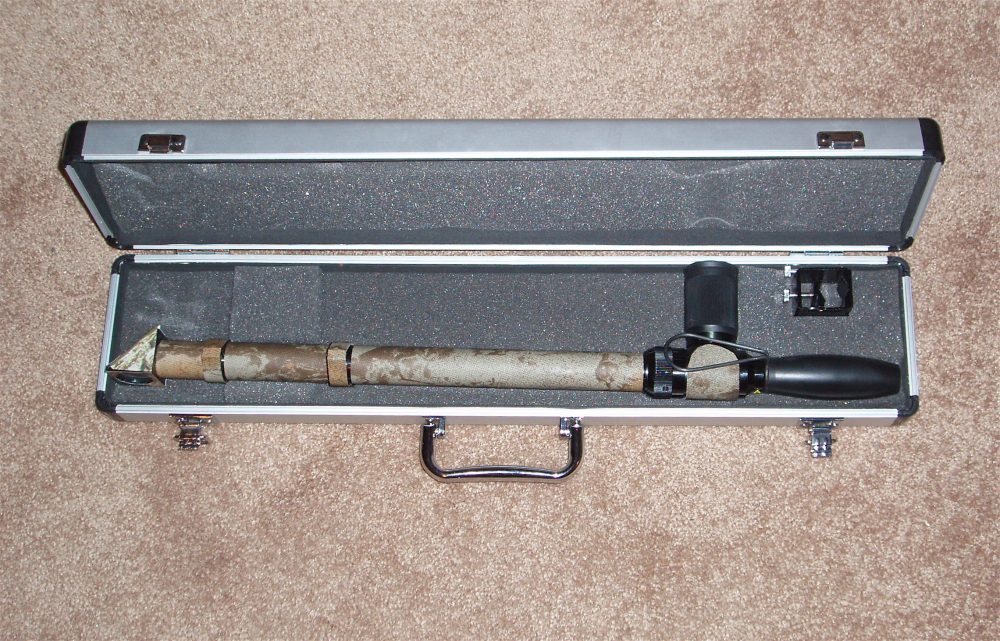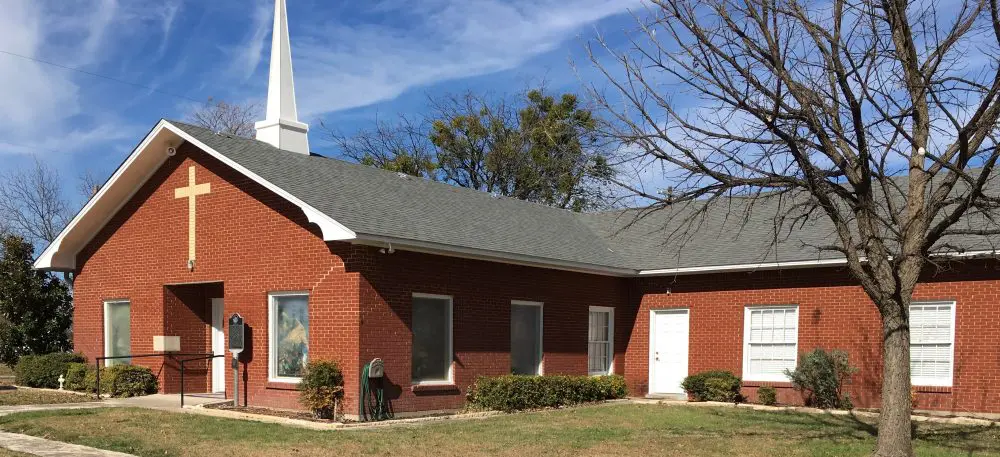Years ago, the reality show genre spooled up covering just about every facet of society. The police arena was not immune to this by any stretch and in fact there are probably more reality shows regarding law enforcement and court than any other venture. I found myself featured in a number of segments of LAPD’s Life on the Beat, which are still aired worldwide. The training we conducted within Metro and for the department in general was heavily featured in these episodes. Any reference to actual shootings experienced by the officers during the filming was primarily voiced by the officer based on his perspective of the shooting he may have been involved in.
Back in the early 1990s, the advent of the in-dash camera was a non-event. Fast forward to the present day and the public is now being treated to a one-dimensional view of officers in action with the facts of the shooting pretty much laid out in front of you—albeit from the perspective of a single camera lens. If one bears this last factoid in mind, you can learn quite a bit from the officer’s performance as well as that of the suspects within the context of a deadly force encounter.
The latest programs being aired show a series of unrelated officer-involved shootings that are quite revealing. In one segment an officer responds to a robbery in progress and is subsequently confronted by an armed suspect. The officer is shown at the front of the police vehicle shooting back toward the police unit at the suspect, who is presumably behind the police vehicle. The officer fires from a somewhat unconventional position, crouched down and rapidly moving from side to side and firing with the pistol held well above the head with one hand while the muzzle is pointed in a downward oriented position. A reload is incorporated although it doesn’t appear that the pistol ever goes out of battery. (Maybe it did, but I just didn’t catch it.) A second officer arrives on scene and the suspect, as yet undeterred and apparently unaffected by the officers’ return fire, manages to strike this officer while he is seated in his patrol unit. Other units arrive and the suspect is eventually stopped, but this apparently occurs off camera.
In another segment a suspect exits his vehicle with rifle in hand pointed toward the officer and begins to walk back toward the patrol unit while the officer repeatedly yells commands to cease and desist from such actions. (This officer has a lot, and I mean a lot, of patience.) A gunfight ensues and the suspect is downed.
In yet another segment, officers pursue a pick-up truck down dusty country roads to the proverbial trailer park and the inevitable double wide. The suspect alights from the pickup truck, up the short steps to the front door, quickly unlocks the front door, reaches in and re-emerges with rifle in hand. Things get pretty lively from here on out. The suspect begins to liberally spray the officers’ unit, the ground and other responding units that have the misfortune of parking right on top of the scene. One officer is struck in the leg and the video clearly shows his leg being taken out from underneath him. Throughout all of this, the suspect has strategically secreted himself behind nothing more than a 4X4 that holds up the front awning of his aluminum domicile. The suspect’s fire continues for quite some time until one of the responding officers stops him with rifle fire, which again is off camera. The shot that stops the suspect is described as a “sniper” shot. Considering the distance, which I would estimate at about 15 yards, a simple “rifle” shot would more adequately describe this action. (As an aside, any rifle shot—either by suspects or officers—always seems to be breathlessly described as a sniper shot if anyone is in the least way impacted. I don’t know why, it just is.)
In each of these segments, the viewer, if he has any background in tactics or shooting techniques, may experience a certain level of frustration. Why doesn’t he shoot him? Why don’t they move faster or come around the back of the vehicle and engage him? Why doesn’t she go to ground? In short, questions of this nature come up. In all fairness, these are legitimate questions; however, you weren’t there. Hindsight is a wonderful thing but it is still hindsight. And remember, we only get to view what the camera allows us to view and thus is only a one-dimensional take on the affair. If you are honest with yourself, you’ll admit you’ve had moments when retrospective insight has revealed flaws, near disasters and the presence of a modicum of luck that have pulled you through various tactical encounters.
Yet these televised scenarios, which are actual, unscripted officer involved shootings, can reveal quite a bit about training versus the officer’s field performance and whether or not the training is on board for the performance objectives. Both Metro and SWAT of the LAPD conduct extensive debriefs of all warrants, call-ups and incidents of an unusual nature. Brutal frankness is the order of the day in these debriefs, as it should be. Sugar-coating an incident that goes sideways is the surest way to repeat the same debacle down the road. Egos must be shed and an open mind engaged. Individuals, regardless of rank or tenure, should have the ability to provide their insight into the incident.
Most departments simply don’t experience the volume of high-risk incidents that a large metropolitan area does. Therefore these televised incidents provide the next best thing. By studying them and employing an open discussion format, officers may learn quite a bit more than they would from mere dialogue alone. On a visual level, we see the actual reaction of the suspects and the officers and we spot the missed opportunities or bungled techniques where the situation might have been resolved more effectively and cleanly.
I have mixed feelings about the steady progression toward filming everything going on out there. On the one hand it can certainly lead to a swift understanding of certain evolutions, yet it can also limit our understanding of the total picture of the incident, and this can and has lead to some rather messy departmental and court proceedings.
If you get a chance, watch some of these shows with an eye toward your performance in the same situations and learn from them.
[Scott Reitz is a 30-year veteran of the Los Angeles Police Department and the director of the highly acclaimed International Tactical Training Seminars. Course information and schedules are available at their website or by email at [email protected].]

